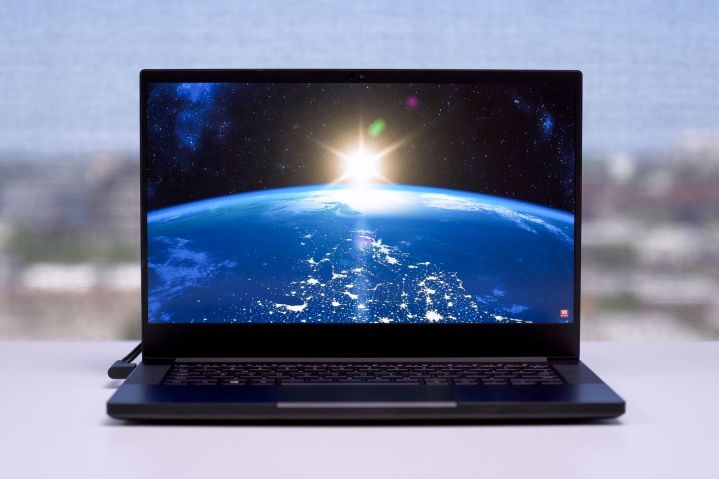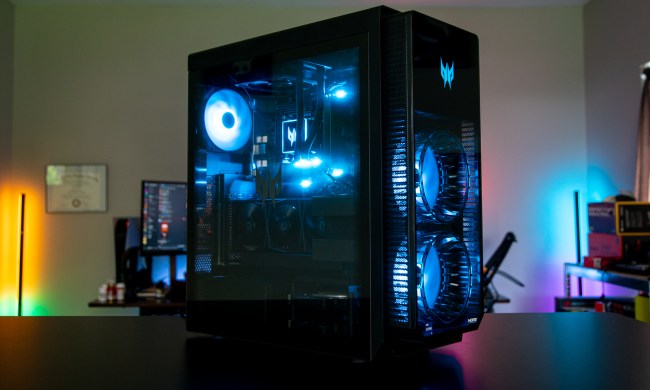The crisp performance of the 2022 Razer Blade 14 is about to get even sharper, slicing through data transfers faster than ever with an impressive USB upgrade. Improving hardware specifications usually requires physical changes but Razer manages to achieve this with a simple software update.
While the company’s website lists the 2022 Razer Blade 14 as including two USB-C 3.2 Gen 2 ports, both will become USB 4 ports which offer up to 40Gbps data transfer speeds, that’s four times as fast as before, enough to support multiple 4K monitors and the fastest SSDs.

To achieve such a big improvement with a software download seems impossible but it isn’t in this case. As The Verge noted, Razer mentioned the Blade 14 would have USB 4 support when a pink color option was introduced in July but later backtracked on that detail. Apparently, the Razer Blade 14 shipped with USB 4 potential but it simply wasn’t enabled yet.
Microsoft’s Pluton security processor is surprisingly also inside the Razer Blade 14 and will be activated at the same time with this software update. This provides additional protection against CPU attacks like Spectre and Meltdown which are very difficult to stop in other ways.
It is rare for hardware specifications to change after a software update and this is a significant upgrade that Razer is delivering. Pluton security and USB 4 compatibility arrive as unexpected bonuses eight months after the launch of the 2022 Razer Blade 14 and all models and configurations will get the update. Full details of the upgrade and compatibility are listed on Razer’s website.



